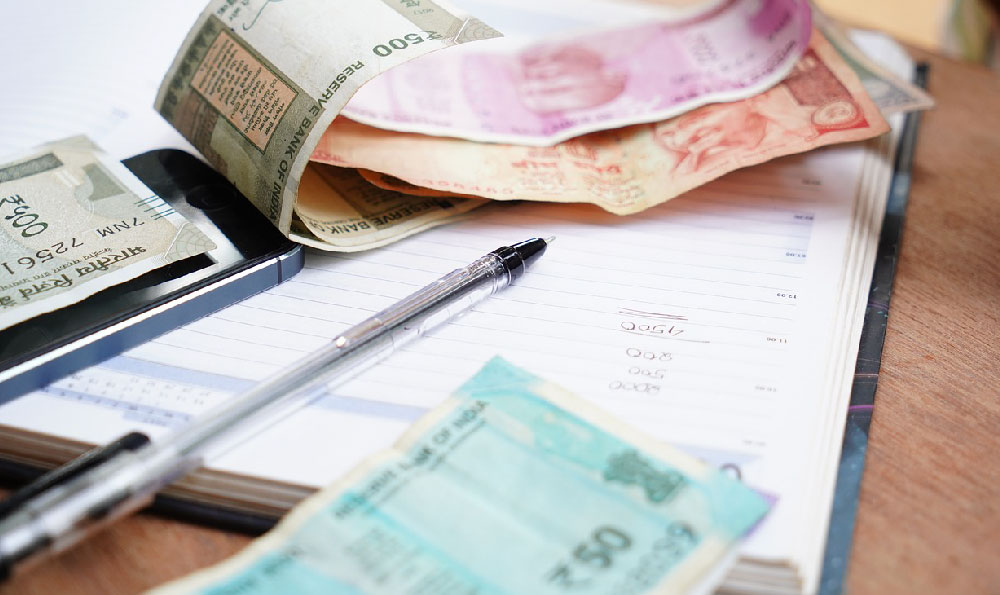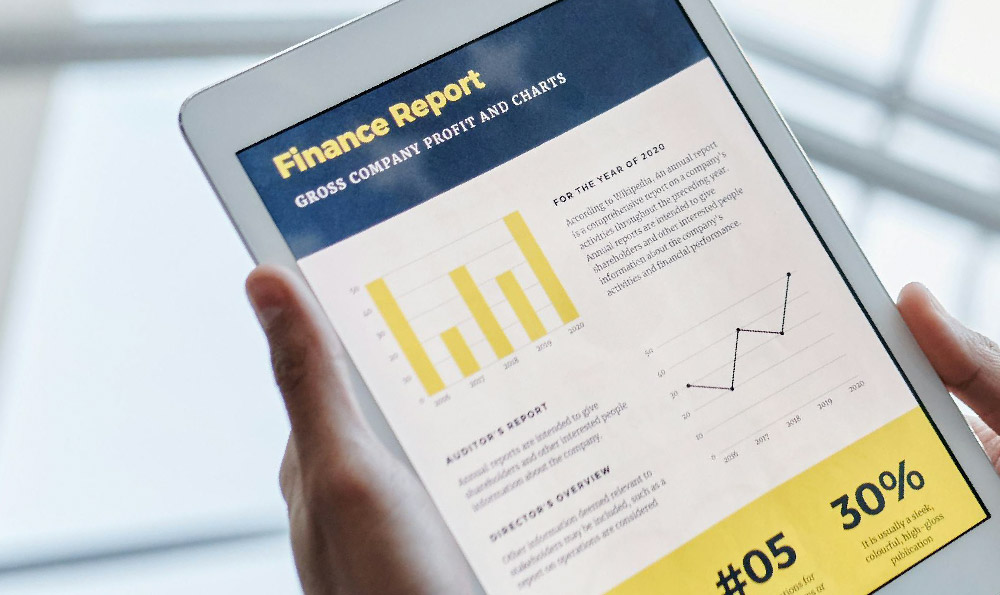How to Craft a Money Flower Bouquet? & Is it Worth the Effort?

The allure of a money flower bouquet lies in its dual nature: a beautiful and creative gift that simultaneously holds monetary value. Crafting one, however, demands time, patience, and a certain degree of artistic flair. Therefore, determining whether it's truly "worth the effort" requires a multifaceted evaluation, encompassing not just the aesthetic outcome, but also the financial and emotional considerations involved.
Let's begin with the practicalities of crafting a money flower bouquet. The process itself is not inherently complex, but it does involve several steps. You'll need to gather your materials: crisp, new bills (crucial for avoiding tears and maintaining a presentable bouquet), floral wire, floral tape, skewers or floral stems, decorative paper or cellophane, ribbons, and potentially some artificial flowers or greenery to enhance the overall aesthetic. The denomination of the bills will directly impact the bouquet's total value and visual impact. Smaller denominations allow for a larger, more intricate bouquet, while larger denominations make a bold statement but may limit the quantity of “flowers” you can create.
The core technique involves folding and shaping the bills into floral forms. Numerous tutorials exist online, showcasing different folding techniques to create roses, lilies, or abstract flower shapes. This process can be time-consuming, especially if you're aiming for a sophisticated and intricate design. Each bill must be carefully folded and secured with floral wire, ensuring it maintains its shape without damage. This delicate handling is paramount; a torn or excessively creased bill detracts significantly from the bouquet's appeal.

Once the individual "money flowers" are created, they need to be assembled into a bouquet. This involves attaching the flowers to skewers or floral stems using floral tape, ensuring they are securely fastened and arranged in a visually pleasing manner. Consider the color coordination and overall balance of the bouquet. Integrating artificial flowers or greenery can add depth, texture, and a touch of realism, elevating the bouquet from a simple collection of folded bills to a genuine work of art. Finally, wrapping the bouquet in decorative paper or cellophane and securing it with ribbons provides the finishing touches, adding an element of elegance and sophistication.
Now, let's address the financial implications. While the bouquet represents a tangible monetary gift, the time and materials invested in its creation must be factored in. Floral wire, tape, skewers, decorative paper, and any supplementary floral elements all contribute to the overall cost. Depending on the complexity of the design and the quality of the materials used, these expenses can add a significant percentage to the face value of the money itself. It's crucial to calculate these costs to determine if the final product offers a greater perceived value than simply gifting the money directly.
Furthermore, consider the opportunity cost. The time spent meticulously folding bills and assembling the bouquet could be allocated to other activities, perhaps even earning money through alternative means. This is a subjective consideration, as the value of one's time varies significantly. However, it's a factor worth acknowledging when deciding whether the effort is justified.
Beyond the practical and financial aspects, the emotional element is a crucial determinant of the bouquet's worth. A money flower bouquet is inherently a personalized gift, demonstrating thoughtfulness and creativity. The recipient is likely to appreciate the effort and artistry involved, potentially deriving more joy from the unique presentation than from the equivalent sum presented in a plain envelope. This emotional impact can be particularly significant when gifting to someone who appreciates handcrafted items or unique expressions of affection.
However, it's essential to consider the recipient's personality and preferences. Some individuals may perceive the act of folding money as disrespectful or wasteful, preferring a more straightforward and practical approach to receiving a monetary gift. In such cases, the effort invested in crafting the bouquet might be misconstrued, diminishing its intended impact.
The environmental impact is another consideration. While the money itself is reusable, the floral wire, tape, paper, and potentially artificial flowers contribute to waste. Opting for eco-friendly materials, such as recycled paper and biodegradable floral tape, can mitigate this concern.
Ultimately, the decision of whether crafting a money flower bouquet is "worth the effort" is a personal one, contingent on a confluence of factors. Weigh the time commitment against the potential financial savings or alternative uses of that time. Assess the recipient's personality and preferences to ensure the gift is well-received and appreciated. Factor in the cost of materials and consider the environmental impact. If the emotional value and personalized touch outweigh the practical and financial considerations, then the effort is undoubtedly worthwhile. However, if the recipient is likely to be ambivalent or the time and resources are better allocated elsewhere, a more conventional approach to gifting money might be more prudent. The key is to approach the decision with careful consideration and a clear understanding of the recipient's perspective.














